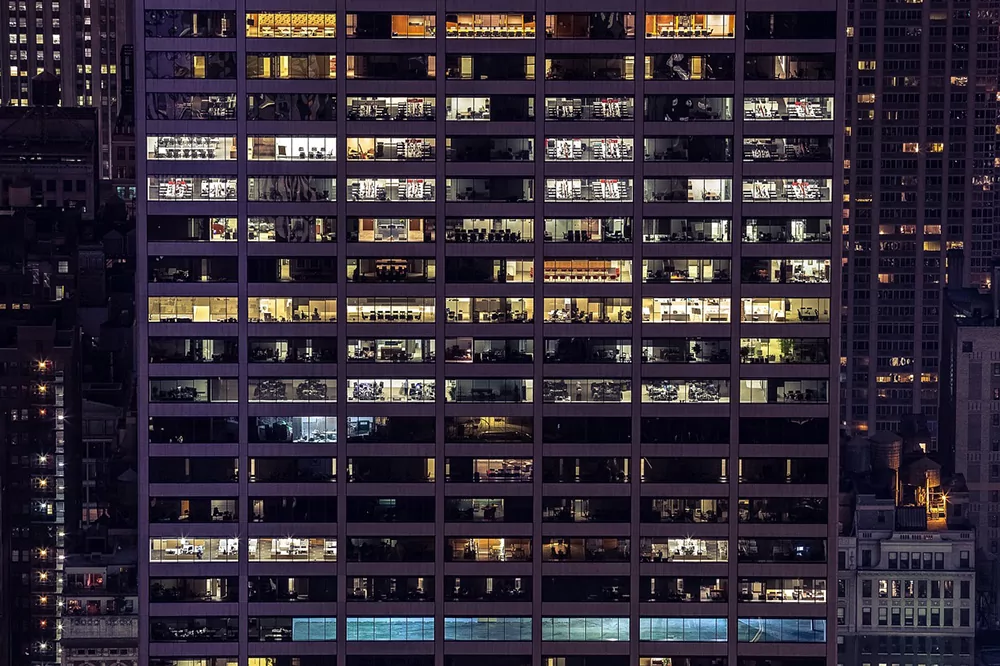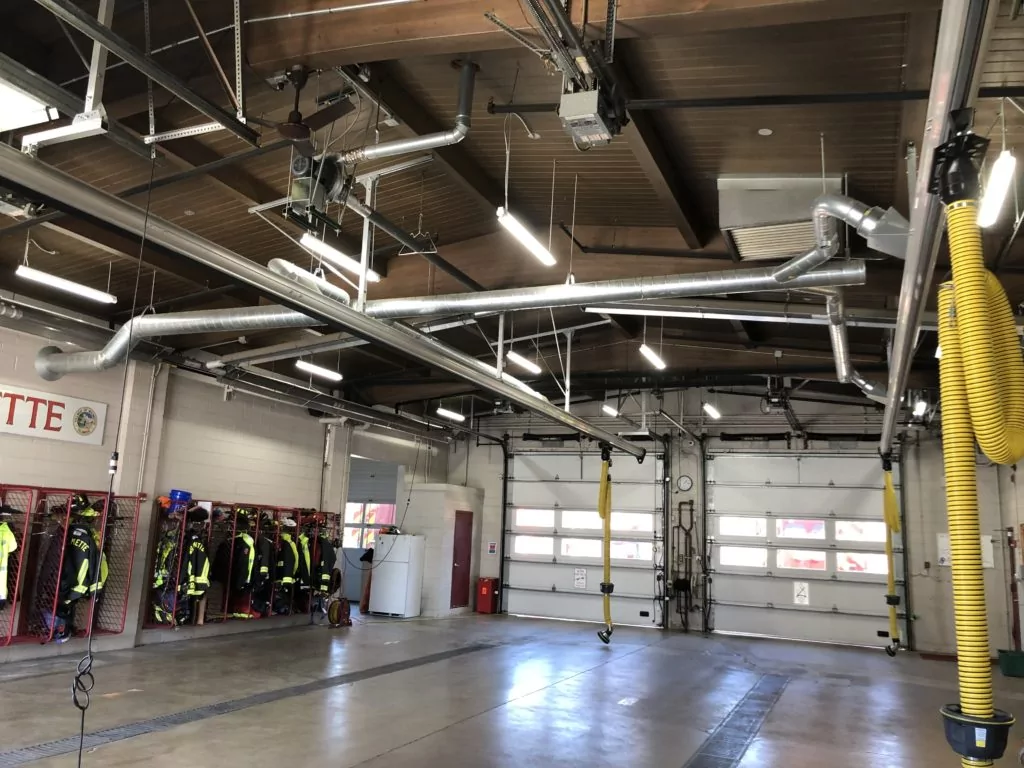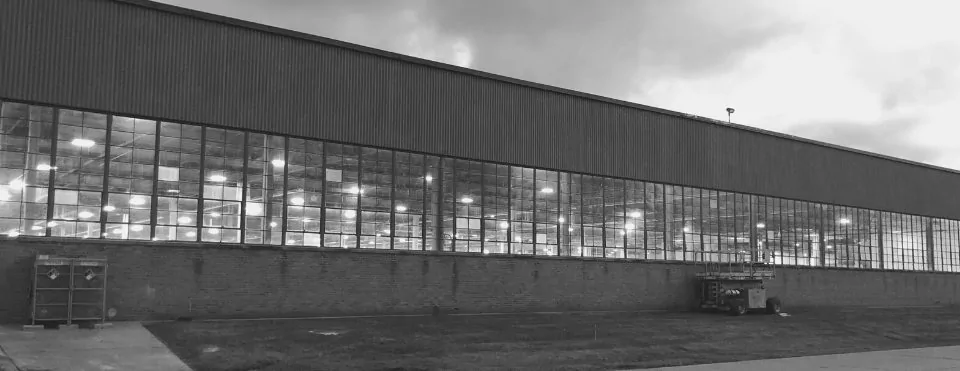Type A, B and C TLED Retrofits

Aug 02 2023
Tubular LED Retrofits
There are a variety of ways to retrofit old fluorescent in to Tubular LED (TLED). Whether or not you reuse the ballast depends on what kind of TLED retrofit you do.
Type A LED retrofits are compatible with existing fluorescent ballasts.
They have a built-in electronic driver that converts the power from the ballast to the voltage that the LED needs. This type of retrofit is the most affordable option, but it may not be compatible with all ballasts. These lamps typically receive $4 per lamp for an instant discount from the utility.
Type B LED retrofits are direct-wired to the mains.
They do not have a built-in driver, so they require a separate driver that is installed in the fixture. This type of retrofit is more expensive than type A, but it is more versatile and can be used in fixtures that do not have a compatible ballast. This involves more labor, and also qualify for a $4 instant discount.
Type C LED retrofits are also direct-wired to the mains.
They have a built-in driver that is mounted outside of the fixture. This type of retrofit is the most expensive option, but it is the most versatile and can be used in any fixture. It also has a longer live as a system, typically up to 70,000 hours. This is often because the external driver allows for greater heat dissipation. This type of retrofit also has the largest utility incentive, including a watts reduced incentive close to $.80 per watt reduced.
Here is a table that summarizes the key differences between type A, type B, and type C LED retrofits:
| Feature | Type A | Type B | Type C |
|---|---|---|---|
| Compatibility | Compatible with existing fluorescent ballasts | Not compatible with fluorescent ballasts | Not compatible with fluorescent ballasts |
| Cost | Most affordable | More expensive | Most expensive |
| Versatility | Less versatile | More versatile | Most versatile |
| Installation | Easiest to install | More difficult to install | Most difficult to install |
The best type of LED retrofit for you will depend on your specific needs and requirements. If you are looking for the most affordable option, then type A is a good choice. If you are looking for a more versatile option, then type B or type C is a good choice. If you are looking for the easiest to install option, then type A is a good choice.
Here are some additional factors to consider when choosing a LED retrofit:
- The age and condition of your fixtures. If your fixtures are old or damaged, you may need to replace them altogether.
- The size of your fixtures. Some LED retrofits are only available in certain sizes.
- The color temperature of the light. LED retrofits come in a variety of color temperatures, so you can choose the one that best suits your needs.
- The dimming capabilities. Some LED retrofits are dimmable, while others are not.
By considering these factors, you can choose the right LED retrofit for your needs and requirements.
Featured Posts

Mar 15 2021
Energy Savings Formula
In 2002, I became a firefighter in the north suburbs of Chicago. I was young and idealistic - loving almost every part of the job. However, I had another secret passion - sustainability. In addition…
Continue Reading >

May 02 2019
Verde Energy Efficiency Experts 10 Most Sustainable Companies in Chicago
In our energy efficiency consulting firm, we constantly look for inspiration from local companies that lead and innovate in clean energy and sustainability. Not all companies have billion dollar budgets, but that doesn’t mean that…
Continue Reading >
Related Articles

May 30 2024
Energy Efficiency Lighting Systems in Hotels
Lower Energy Cost Hospitality with LED Lighting Systems In today's environmentally conscious world, hotels are increasingly looking for ways to reduce their impact. Energy-efficient lighting systems are a powerful tool in this effort, offering a…
Continue Reading >

Aug 29 2023
The Importance of Converting to LED Display Case Lighting
Light emitting diode (LED) lighting is quickly becoming the standard for display case lighting. This is due to a number of advantages that LED lights have over traditional lighting technologies, such as incandescent and fluorescent…


